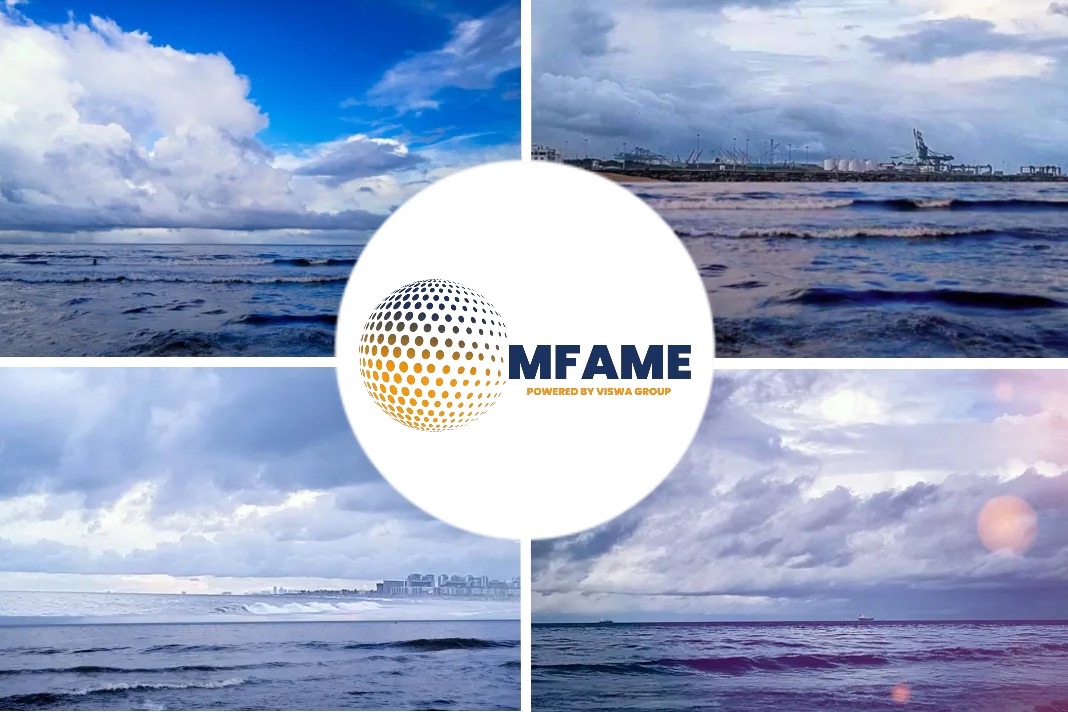- An energy feasibility study has been conducted for the Port of London Authority (PLA) to identify opportunities to integrate low-carbon technologies across its sites and floating structures.
- The Port of London Authority aims for a 60% reduction in carbon emissions by 2025 and to achieve net-zero by 2040.
- The port authority said at the time that the aim of the energy demand modelling is to assess the energy solutions and infrastructure needed to support decarbonisation.
An energy feasibility study has been conducted for the Port of London Authority (PLA) to identify opportunities to integrate low-carbon technologies across its sites and floating structures, bringing it closer to achieving its sustainability ambitions, says an article published on offshore energy website.
Aim of Port of London Authority
As informed earlier, the Port of London Authority aims for a 60% reduction in carbon emissions by 2025 and to achieve net-zero by 2040.
In order to reach these targets, the port requires an understanding of its existing electricity network and renewable generation opportunities available, the PLA said.
Study to assess the suitability for renewable energy
Therefore, UK Power Network Services, a part of UK Power Networks, has conducted a study assessing the suitability for renewable energy installation, including solar and wind.
The feasibility study was conducted at 23 of the ports’ sisters and provides insight into future demand within the electricity network as the port expands.
According to the PLA, the introduction of renewable energy technologies will enable the future decarbonisation of the vessels and provide low-carbon energy sources that will help the port meet its net-zero aspirations, eliminate emissions and increase the resilience of the port’s electricity network.
The study is expected to help the PLA make informed decisions about future expansion and sustainability initiatives with visibility of its existing electricity network and viability of specific renewable technologies.
Kieran Coughlan, head of Strategic Advisory Services at UK Power Networks Services said: “We’re thrilled to be able to help the PLA develop their future decarbonisation journey through the assessment of options for integrating renewable technologies. This feasibility study will enable the port to make key sustainability and expansion decisions that support their operations.”
Michael Atkins, senior planner at the PLA, added: “As a result of this study, we are now able to identify various options for the delivery of low carbon generation technologies across a number of our sites, which will help to meet our aim to achieve Net Zero by 2040 and help to increase energy resilience and reduce emissions across the PLAs estate and operations.”
Need to support decarbonisation
In line with its decarbonisation efforts, last year, the PLA awarded a contract to Royal HaskoningDHV to model the future of energy demand and supply on the tidal Thames.
The port authority said at the time that the aim of the energy demand modelling is to assess the energy solutions and infrastructure needed to support decarbonisation in order to create certainty for the adoption of low carbon technologies, for operators on the Thames, including the PLA’s own vessels.
Did you subscribe to our daily newsletter?
It’s Free! Click here to Subscribe!
Source: offshore energy
















